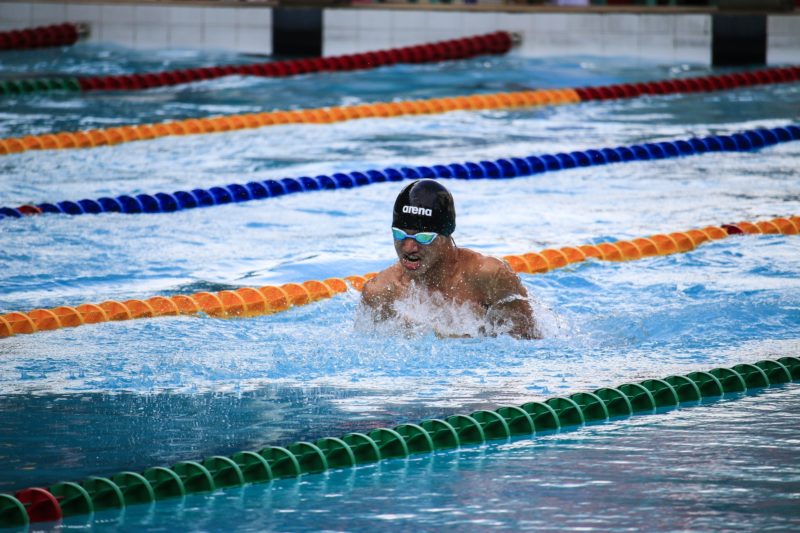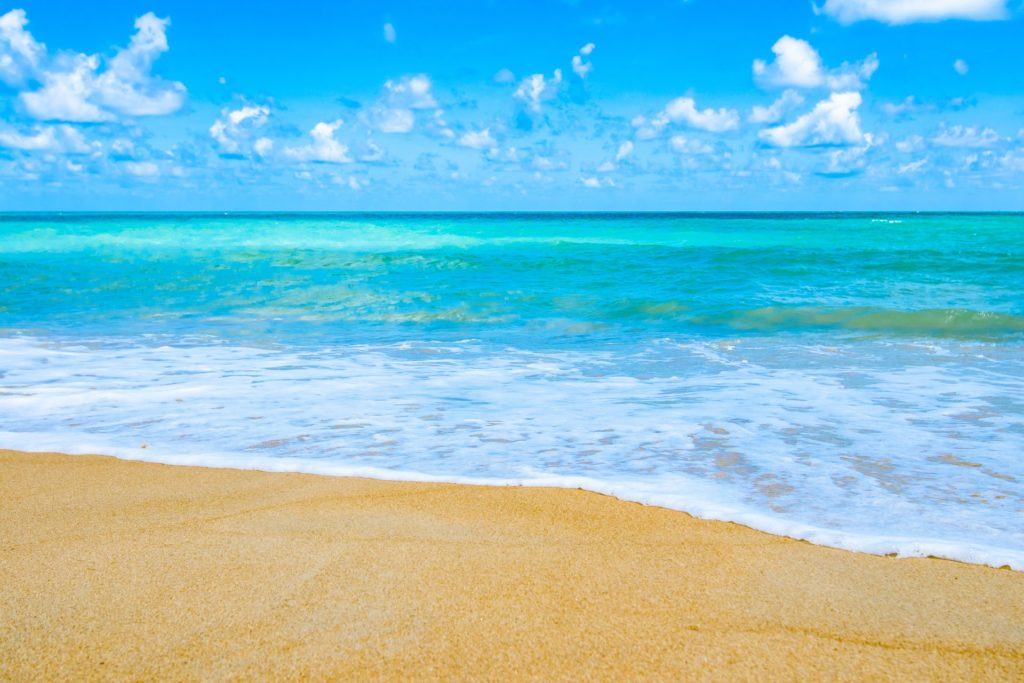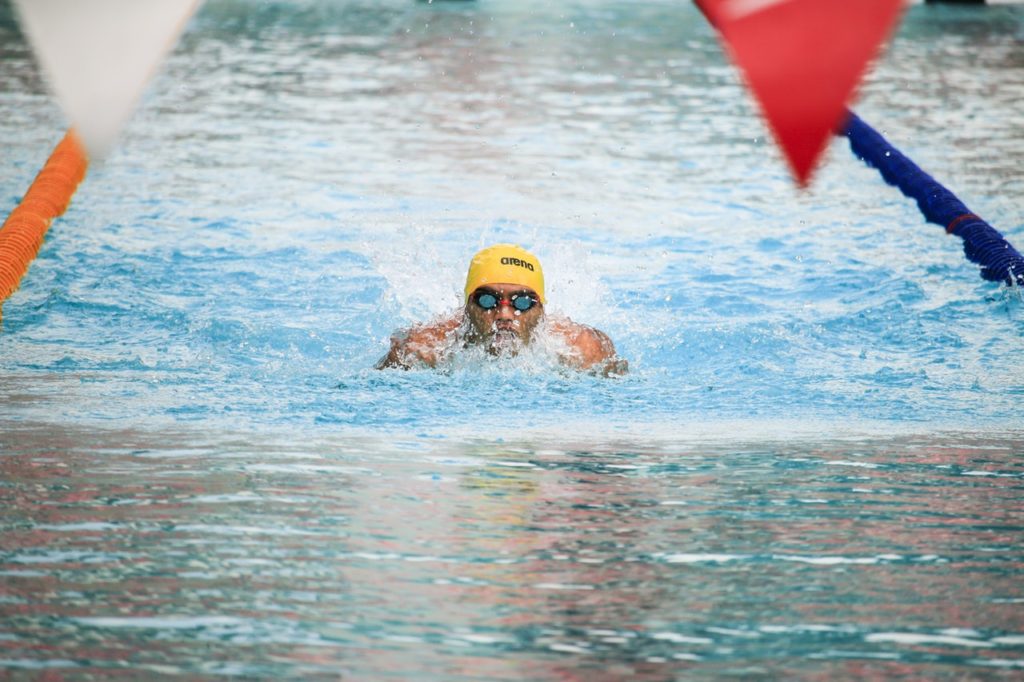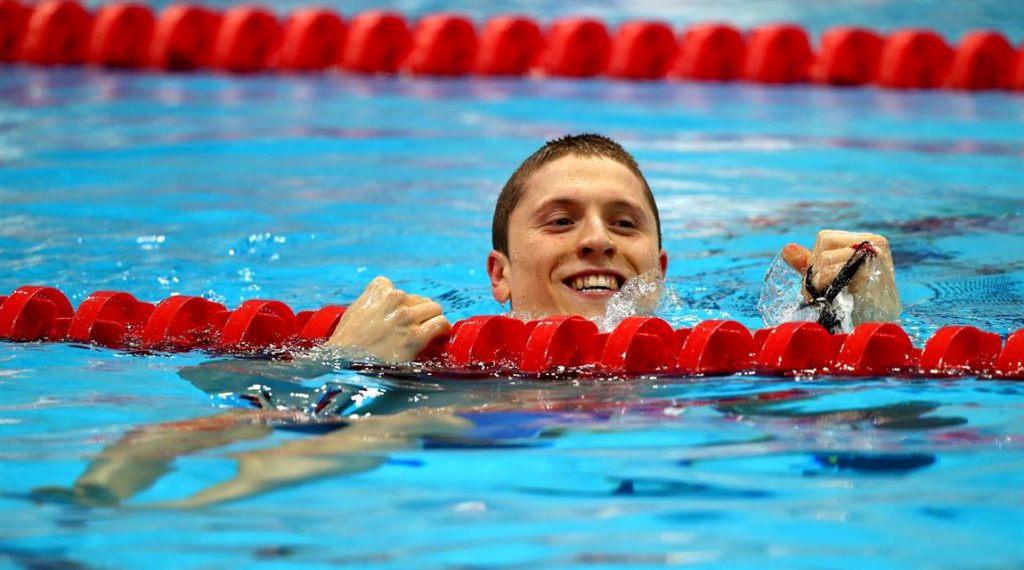Once you have the basics in place from our previous training advice on perfecting your stroke, sighting, breathing, kick action, negotiating challenges and general safety, then your next step for improvement in open water is in the timing of your stroke.
Timing is the key. A technically correct movement can easily be rendered ineffective by incorrect timing.
You should aim to fit what you already have into a complete and effective package. Time spent working on the overall co-ordination of your stroke will have as much of a positive impact on your swimming as any individual area you care to work on. Get the timing right and the ease with which you can move through the water can be a revelation.
Specifics
Utilise the natural rotation of the body, caused by the alternating arm action, to create a constantly streamlined and stable body position. As your hand enters the water at the front of your stroke, take the time to reach forward and roll out onto your side. This position needs to feel stable and relaxed.
As your arms alternate roles, your whole body should switch from one side to the other. By relaxing and keeping the head still you should be able to roll smoothly from one side to the other around your body’s central axis. Use the core muscles of your body to stabilise and control your hips as they roll.
By using this rolling motion effectively, you can;
- Use the larger back and core muscles to generate propulsion.
- Achieve a more efficient and streamlined position in the water.
- Make it easier to breathe above chop/waves.
All movements should be smooth and controlled, so be patient with your stroke, as rushing at any point will have a knock-on effect.
- Focus on feeling your way through the water, rather than forcing it. The water is probably the best coach you’ll ever have and you will benefit from working with the water rather than against it.
Focus Points
- Your legs need to remain relaxed with your kick initiated from your hips.
- The kick operates just below the surface.
- Keep your ankles flexible – don’t point your toes.
- Aim to keep the kick within the streamline of the body.
- Kick at an appropriate intensity to your intended distance.
Drills
Next time you go for a swim try the following drills and simply keep practicing as part of your training schedule. Both methods can be practiced with and without fins;
3/4 Catch-Up
- Begin by swimming normal freestyle.
- Start to delay your pull until the recovering arm begins to enter the water.
- Make sure your hand enters in line with your shoulder and extends at shoulder width (not across the centre-line).
- Your fingers, wrist and forearm should enter through the same hole.
- As your fingers begin to enter, your leading arm should catch hold of the water and anchor you.
- Finally, drive your hips to rotate around onto your other side as your entering arm continues its’ extension. This should give you a feeling of connecting the timing of the propulsive movements to the strong drive of your hips.
Lay-Out
- Start by kicking on your side with your lower arm extended.
- Kick for specified number of leg kicks (six for example).
- Place your face in the water and take three strokes without breathing. Aim to extend and roll fully on each stroke. Time each pull to connect with the roll of your hips.
- After the third stroke, immediately lay out into position 1. (but now on the other side).
- Then continue through stages 2-4.






